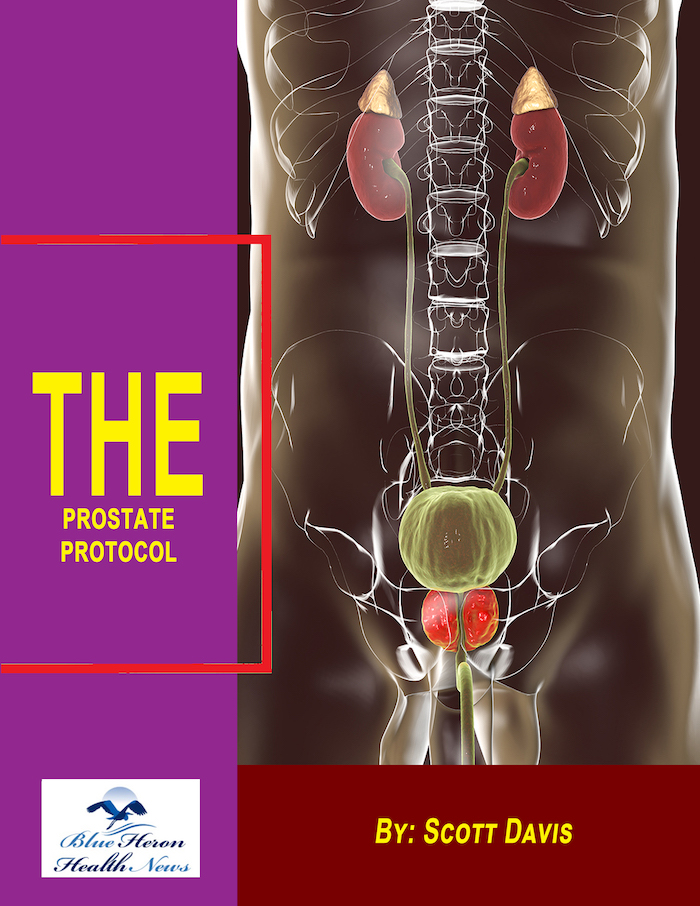
What is the importance of a transrectal ultrasound (TRUS) in diagnosing BPH?
Importance of Transrectal Ultrasound (TRUS) in Diagnosing BPH
A transrectal ultrasound (TRUS) is a key imaging tool used in diagnosing benign prostatic hyperplasia (BPH), a condition where the prostate gland enlarges and causes urinary symptoms. TRUS provides important information that helps assess the size, shape, and structure of the prostate, contributing to a more accurate diagnosis and management plan for BPH.
1. Assessing Prostate Size and Volume
- Measuring Prostate Volume:
TRUS allows for accurate measurement of the prostate’s size and volume. A normal prostate typically measures around 20-30 mL, but in BPH, it can be significantly enlarged, often exceeding 40 mL or more.- Prostate Volume Estimation:
The ultrasound images provide a detailed view of the prostate, helping to estimate its volume, which is an important factor in determining the severity of BPH and guiding treatment decisions.
- Prostate Volume Estimation:
- Guiding Treatment Decisions:
Knowing the prostate’s size can help doctors decide whether medications, minimally invasive therapies, or surgical options (e.g., transurethral resection of the prostate, or TURP) are most appropriate.
2. Evaluating the Prostate’s Structure
- Detecting Prostate Nodules or Irregularities:
TRUS can help identify abnormal growths, cysts, or nodules in the prostate. While BPH generally involves uniform enlargement, the presence of irregularities may raise concerns about other conditions, such as prostate cancer.- Biopsy Guidance:
If suspicious areas are found during TRUS, it can also serve as a guide for performing a prostate biopsy to rule out malignancy.
- Biopsy Guidance:
3. Visualizing Bladder and Urinary Tract Effects
- Assessing Post-Void Residual (PVR) Urine Volume:
TRUS can be used to measure post-void residual volume, or the amount of urine left in the bladder after urination. A high PVR suggests that the prostate enlargement is causing significant obstruction, preventing the bladder from emptying fully.- Bladder Wall Thickening:
In cases of long-standing BPH, the bladder wall may thicken due to chronic urinary retention. TRUS can detect this, helping to assess the extent of bladder dysfunction caused by BPH.
- Bladder Wall Thickening:
4. Monitoring Progression of BPH
- Tracking Changes Over Time:
For men with diagnosed BPH, TRUS can be used to monitor the progression of prostate enlargement and evaluate whether the condition is getting worse, which could inform changes in treatment.- Guiding Follow-Up:
If symptoms are worsening, or if medications are not effective, repeat TRUS can help doctors decide whether surgical intervention is needed.
- Guiding Follow-Up:
5. Pre-Surgical Planning
- Planning for Prostate Surgery:
In cases where surgical treatment is required (e.g., TURP), TRUS provides crucial information about the prostate’s anatomy, allowing surgeons to plan the most effective approach.- Identifying Areas of Obstruction:
TRUS can reveal the size and location of the prostate’s inner or central gland, which is most commonly responsible for obstructing the urethra and causing urinary symptoms in BPH.
- Identifying Areas of Obstruction:
Conclusion
A transrectal ultrasound (TRUS) plays a vital role in diagnosing benign prostatic hyperplasia (BPH) by providing detailed information about prostate size, volume, and structure, as well as offering insights into the effects of BPH on the bladder and urinary tract. It helps guide treatment decisions, monitor disease progression, and plan surgical interventions if necessary. TRUS is also useful in distinguishing BPH from other conditions that may cause similar symptoms, such as prostate cancer.